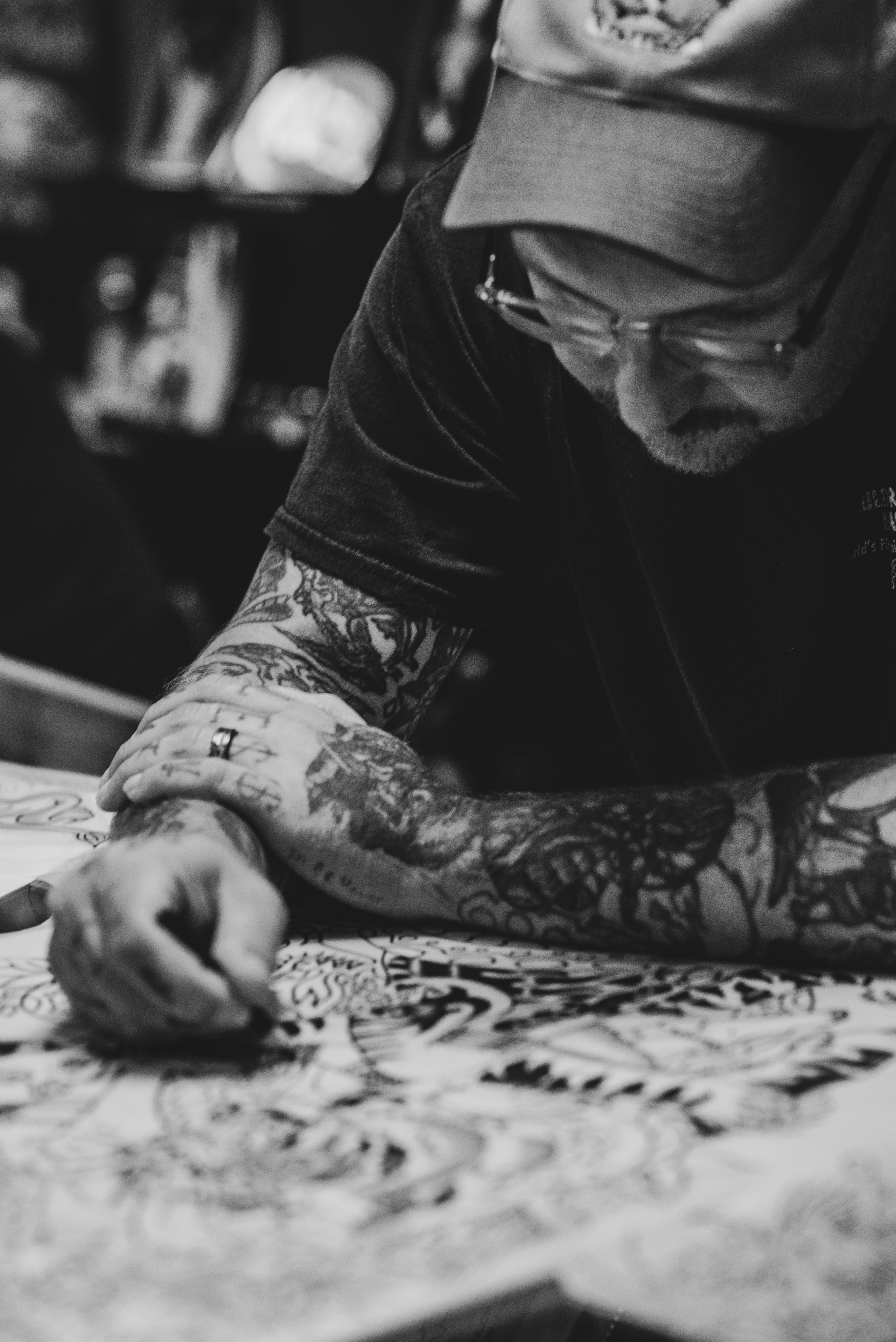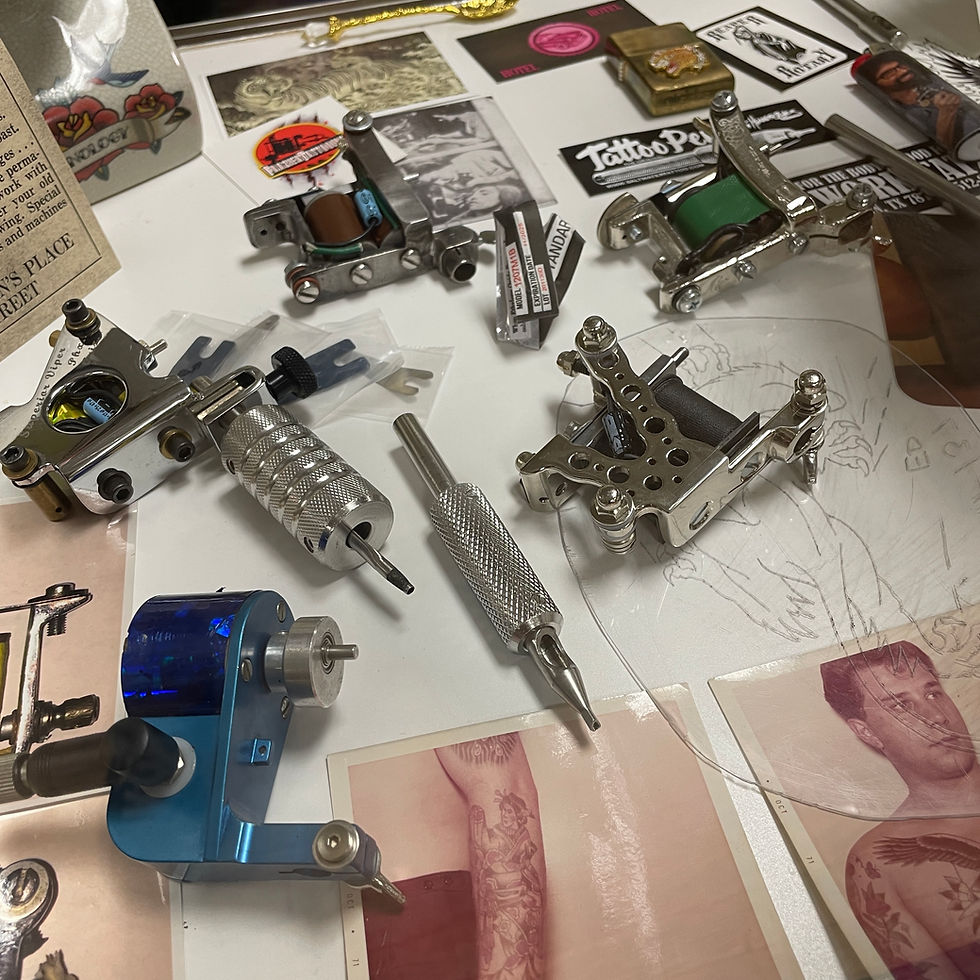Sustainable Methods in Tattooing: A Path Toward Cleaner Practices
- Eric Eugene

- Oct 15
- 2 min read
Updated: Oct 20
Tattooing is an art form that has always carried deep meaning, but in today’s world it also carries a responsibility—to care not only for the client and the craft but also for the environment. As the industry grows, so does the need to embrace sustainable methods that reduce waste, improve safety, and protect the planet we all share.
1. Choosing Reusable Over Disposable
The tattoo industry has been flooded with single-use plastics, from cartridges to rinse cups. While disposables offer convenience, they generate massive amounts of waste. Stainless steel grips, rinse cups, ink caps, and trays can be cleaned in an autoclave and reused countless times, cutting down dramatically on what ends up in landfills.
2. Autoclave Sterilization Instead of EO Gas
True sustainability in tattooing also means protecting the health of tattooers and clients. Ethylene oxide (EO) gas sterilization, common in mass-produced disposables, leaves behind toxic residues and requires specialized facilities. Steam autoclaves, on the other hand, provide safe, reliable sterilization without harmful byproducts—making them the gold standard for professionals.
3. Conscious Sourcing of Supplies
Artists can make a difference by sourcing pigments and materials from companies committed to transparency and safety. Supporting small-batch, eco-friendly, and ethically made supplies not only reduces harmful chemicals in the workplace but also strengthens the craft’s independence from corporate overproduction.
4. Reducing Energy and Resource Use
Something as simple as switching to LED lighting in the studio, responsibly disposing of sharps and contaminated waste, or using biodegradable cleaning supplies can move a tattoo shop toward greener operations. Every choice adds up.
5. Educating Clients and Peers
Sustainability spreads when knowledge spreads. By explaining why you use reusable tools, or by showing clients your autoclave practices, you’re not only setting an example but also reshaping expectations of what professionalism in tattooing should look like.
⸻
Final Thoughts
Sustainable tattooing is not about sacrificing quality or tradition—it’s about aligning our practices with respect for health, the craft, and the earth. By moving away from wasteful, toxic systems and toward clean, reusable methods, tattooers can lead a shift that honors both art and environment.



Comments